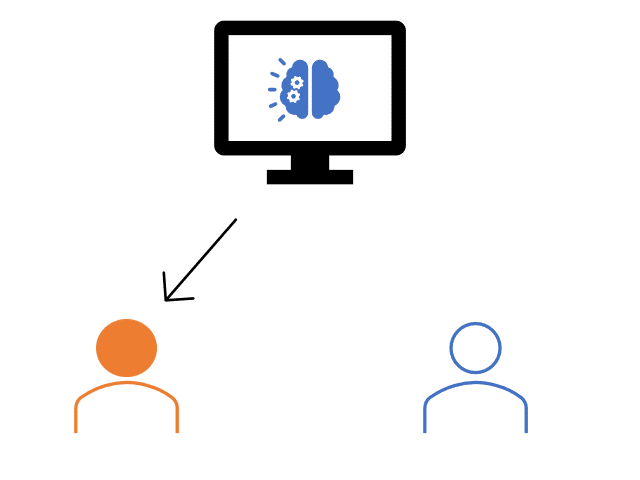Deepfakes
A deepfake is a type of artificial intelligence used to create convincing images, including audio and video hoaxes. Deepfakes are often created for malicious purposes.

Why should I be concerned?

The spread of misinformation through deepfakes and other tactics generates mistrust of online content and undermines the credibility of news and information available.
The University of Florida community can be impacted by deepfakes. Below are some scenarios:

A video of the university president is posted in which he announces the cancellation of classes for the remainder of the semester.

A video of an industry celebrity mentions that if the viewer clicks on a link, they will be able to talk with them. The link is actually a malicious link designed to steal personal information.
How can I spot a deepfake?
Be a skeptic! If you are unsure about the validity of a video, ask yourself the following questions:

In some cases, you may be able to look for the following signs. However, as deepfakes get better, these imperfections may become less frequent, which means you will have to rely on questioning the content rather than the quality of the medium.

Facial features that are blurrier than the environment

Lip movements not in sync with the audio

Eye and eyebrow movements that seem unnatural, such as irregular blinking

Inconsistencies in lighting or shadows in the video
What is working behind deepfakes?
To create a deepfake, the facial features of an individual are matched with those of a lookalike using an artificial intelligence algorithm known as the variational auto-encoder (VAE). In addition, a machine learning technique called generative adversarial network (GAN) is used to detect and fix inconsistencies in deepfakes, making them more believable.

For more information, check out some research on the topic of deepfakes and media by Sylvia Chan-Olmsted, professor, Department of Media Production, Management, and Technology: Dr. Sylvia Chan-Olmsted!
Examples of Deepfakes
